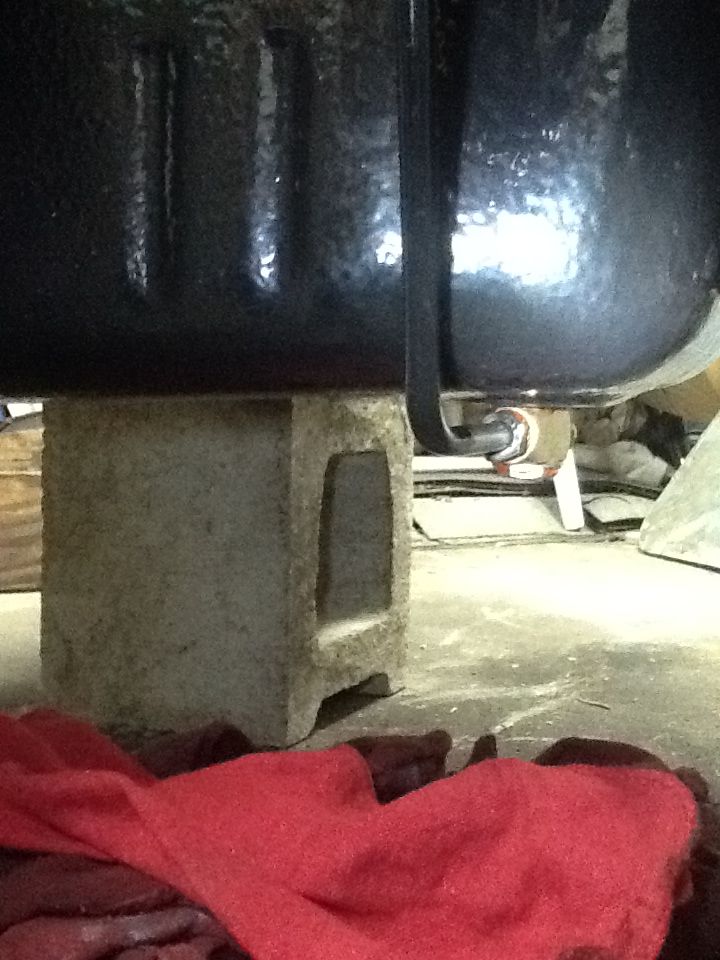ZZ13
Well-Known Member
I was able to contort myself yesterday to look under both of my engines (350MAG). My starboard engine is original and has the drain plug right in the middle of the pan and has a hose attached to it which disappears into a maze of other stuff. I assume this is the drain tube designed to be pulled through the transom drain plug to drain the engine oil (my 175 Sport does it this way). Since I am always in the water I can't do that. But, anyone know if I reach in and grab the hose if it will freely pull toward the front of the engine? If so, then I can hook the oil sucker to the end of it to get full drainage. Unfortunately, my port engine is new and only has a plug on the center of the pan. No hose on that one. Interestingly, I could actually reach in there and wrench off the plug if I wanted to to get that last 1/4-1/2 quart out (I'd just drain that last little bit onto one of those oil absorption pads). Getting it back on in the tight quarters scares me though so I don't plan to do that.




